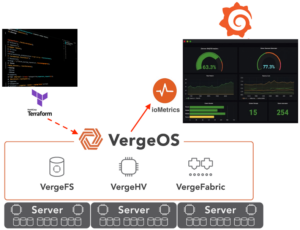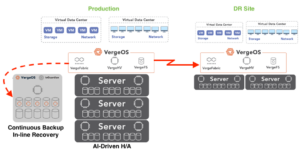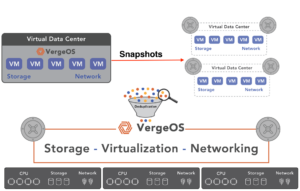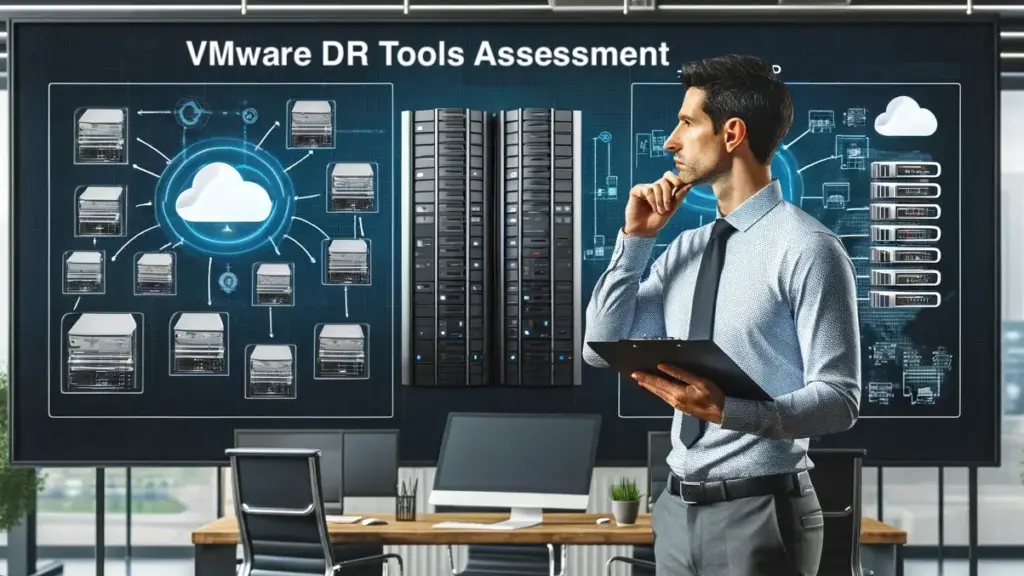
The list of threats to data center operations never stops growing, and IT professionals must periodically perform a VMware DR Tools Assessment. During these assessments, they should evaluate tools to:
- Address new data center threats
- Improve Recovery Point and Recovery Time Objectives (RPO/RTO)
- Simplify recovery processes
- Reduce costs
Generally, there are three types of tools that IT relies on to meet its organization’s requirements:
- Backup and Recovery
- Array-based Replication
- Infrastructure-wide Replication
These tools lay the foundation for a disaster recovery strategy. They directly impact RPO, RTO, and affordability.
| Backup And Recovery | Array-Based Replication | Infrastructure-Wide Replication | |
| Holistic Protection | Good | Poor | Excellent |
| RTO Attainment | Good | Excellent | Excellent |
| RPO Attainment | Poor | Poor | Excellent |
| Hypervisor Transition | Good | Poor | Excellent |
| DR Operations | Poor | Poor | Excellent |
| Cost | $ | $$$$$ | $$ |
Live Webinar and Demonstration: “Comparing VMware DR Strategies” — Register Now
Meeting Classic VMware DR Threats
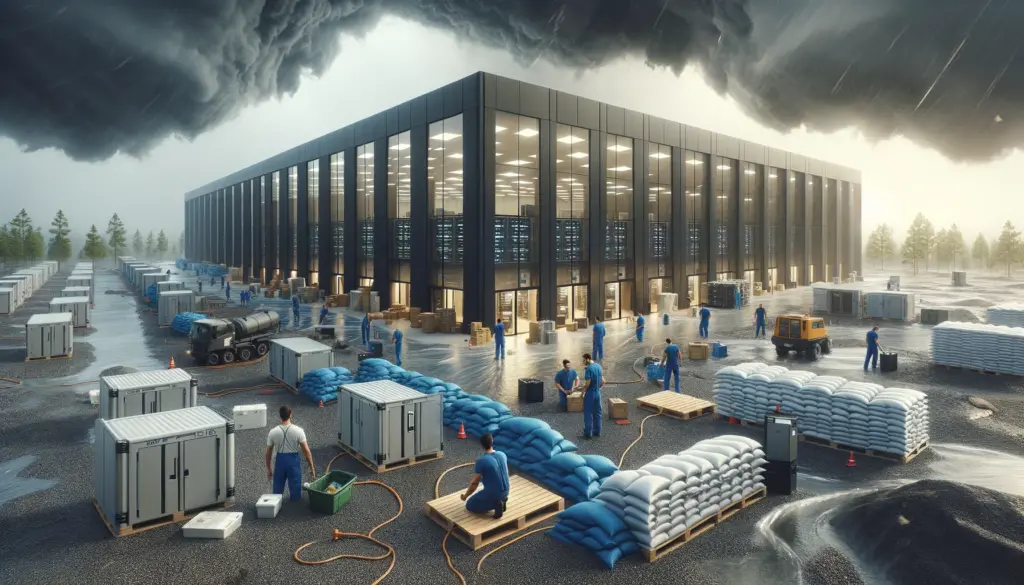
It is critical during a VMware DR tools assessment that IT ensures they address the classic types of threats to a VMware environment, such as floods, tornadoes, and power outages, which persist alongside the more recent threat of ransomware. IT needs to look for ways to improve RPO/RTO, simplify the recovery process, and also look for opportunities to lower DR costs.
Backup and recovery solutions are considered the least expensive option but also the least seamless in terms of recovery. While most solutions can recover a few virtual machines (VMs) on backup appliances, these appliances are not designed for the long-term hosting of many VMs. Backup and recovery tools have improved their resiliency to ransomware, with some now offering automated remote site recovery, but most still can’t detect an attack, so prolonged recoveries are commonplace, even with excellent backup strategies.
The critical challenge for backup and recovery is the time between protection events, often failing to meet increasingly strict organizational RPOs. An “aggressive” strategy of four hours may not be sufficient to meet organizational service level agreements (SLA). The time it takes to reposition data on production servers means that backup and recovery often fail to meet most organizational RTOs. Once the total cost of backup infrastructure (software licensing, dedicated storage hardware, compute server requirements at the DR site) is evaluated, the theoretical cost advantage of backup and recovery often dissipates.
Array-based replication is relatively seamless in transporting data to a DR site, but the target array at the DR site must be nearly identical to the primary site’s array. Dedicated arrays also can’t host VMs, so the customer must equip and manage server infrastructure at the DR site. Like backup and recovery, array-based replication doesn’t capture details that are not on the actual array, such as network configurations and VM settings.
Array-based replication provides a much more frequent protection event capability than a backup but is myopically focused on its data. If all data, including boot and configuration files, are on a single dedicated array, then array-based replication meets most organizations’ RTO demands. However, if data is on boot drives, network hardware, or different types of dedicated storage arrays, IT must ensure consistency between them. This often places them outside of the RPO. Another concern is the high cost of buying dual dedicated arrays, which places the strategy outside the budget of most organizations.
Infrastructure-wide replication encapsulates the entire infrastructure, capturing everything into a single object. It provides a complete, self-contained environment. The servers at the DR site can simultaneously run VMs and their data and network functionality such as firewalls and routing. Infrastructure replication, like VergeIO’s ioProtect, enables IT to create a turnkey pod easily deployed in the DR site. Since it is self-contained, there is no need to worry about consistency across networking and storage. Infrastructure replication meets and exceeds most organizations’ RPOs and RTOs. The consolidation also makes deployment extremely cost-effective.
Meeting New VMware DR Threats

A critical part of a VMware DR tools assessment is making sure the tool can withstand new threats and use cases. While ransomware and natural disasters like fire, flood, and hurricanes remain top concerns, today, customers also want to ensure they are not locked into a particular hypervisor. Broadcom’s recent acquisition of VMware has shown IT professionals that licensing costs can increase quickly and dramatically. Broadcom’s delay tactics in providing renewal quotes only exacerbates this problem, leaving customers less time to transition. In addition to meeting the classic DR needs, modern VMware DR tools need to be able to help customers move to another hypervisor seamlessly at the click of a button.
These tools must provide proper backup and disaster recovery, continuously updating the DR environment while supporting the movement of VMs to an alternate hypervisor. Ensuring the secondary environment is current enables customers to verify VM functionality before a renewal surprise.
Backup and recovery solutions can provide some of this functionality, assuming they can restore “into” other hypervisors. However, most can’t. IT professionals must restore their VMs under the original hypervisor and manually convert them, often using a separate utility. The process is time-consuming and makes pre-disaster test verification challenging.
Array-based replication has almost no value in helping customers prepare for transitioning to other hypervisors since most alternative hypervisors can’t access VMware’s proprietary format.
Infrastructure-wide replication solutions may be the best suited for the “business” type of disaster, assuming they offer more than just one-time migration. For example, VergeIO’s ioProtect can continuously protect the VMware environment. IT logs ioProtect directly into vCenter and keeps copies updated quickly, thanks to change block tracking. Data is stored in the VMware format if IT needs it for a one-off recovery. When the “disaster” is a surprisingly more expensive renewal quote, customers can convert to the alternative hypervisor within seconds. The rapid transition makes testing DR and experimenting with a new hypervisor painless.
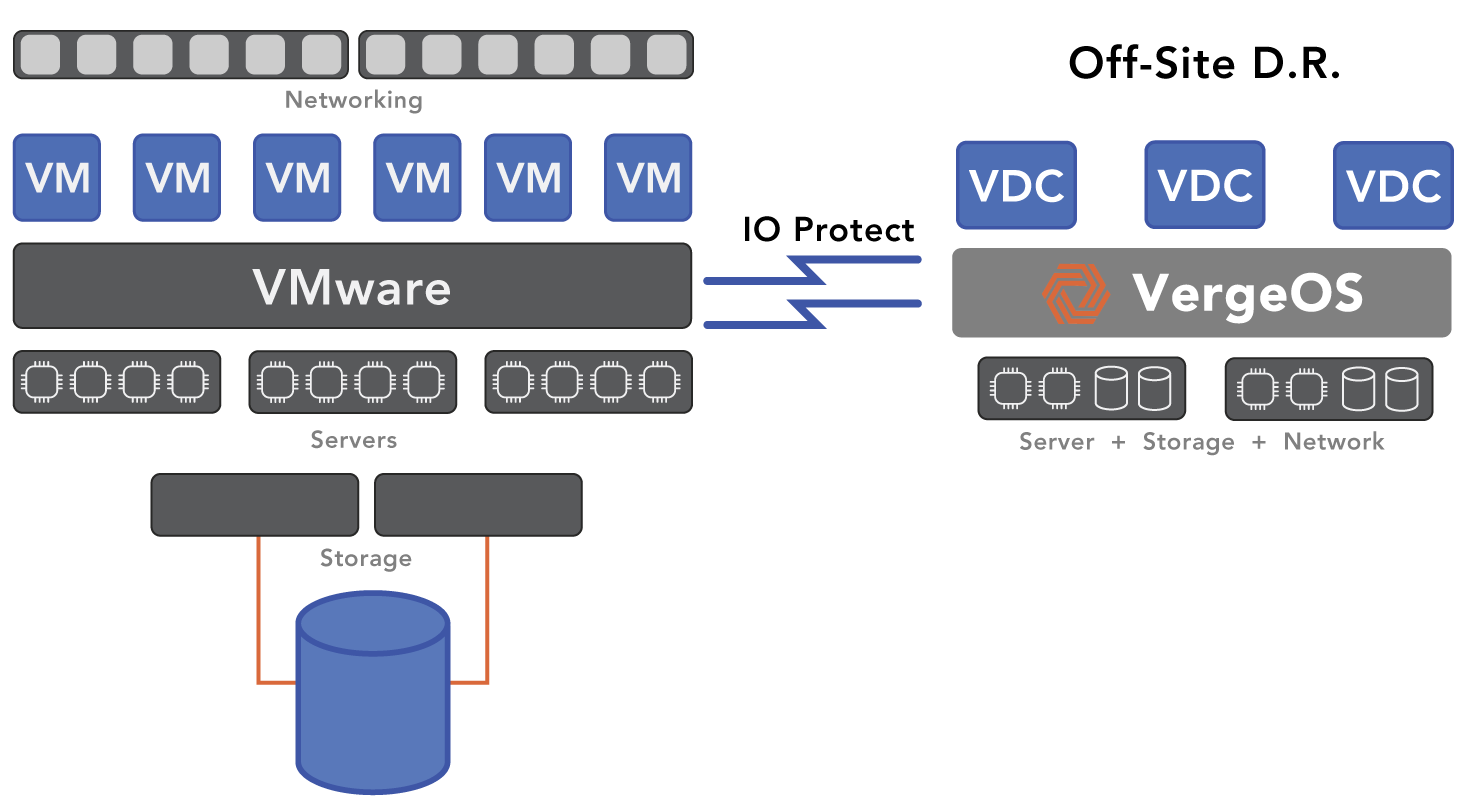
Conclusion
When performing a VMware DR tools assessment, backup and recovery is often considered the most cost-effective and manual of the available disaster recovery tools. IT must restore data to a new environment; that transfer takes time. Backup also may not protect all the extraneous files in the environment unless specifically pointed at them. Some solutions can help customers transition between hypervisors. Still, most can only restore a VM in its original format, requiring the customer to import the VM into the new environment manually.
Array-based replication is the most expensive option. Although it provides near-seamless replication between arrays, those arrays often must be identical. Additionally, any data or configuration files not on the array must be protected and recovered separately. Lastly, it does little to empower customers to move to or test another hypervisor.
Infrastructure replication checks all the boxes. It provides cost-effective and simple recovery in classic disaster scenarios and, with the right migration capabilities, can assist customers when and if they need to move quickly to another hypervisor. It also provides a very high “first-try” success rate on both declared disasters and tests.
To learn more about infrastructure replication and how it compares to other disaster recovery strategies, join us for our live webinar, “Comparing VMware Disaster Recovery Strategies.”

